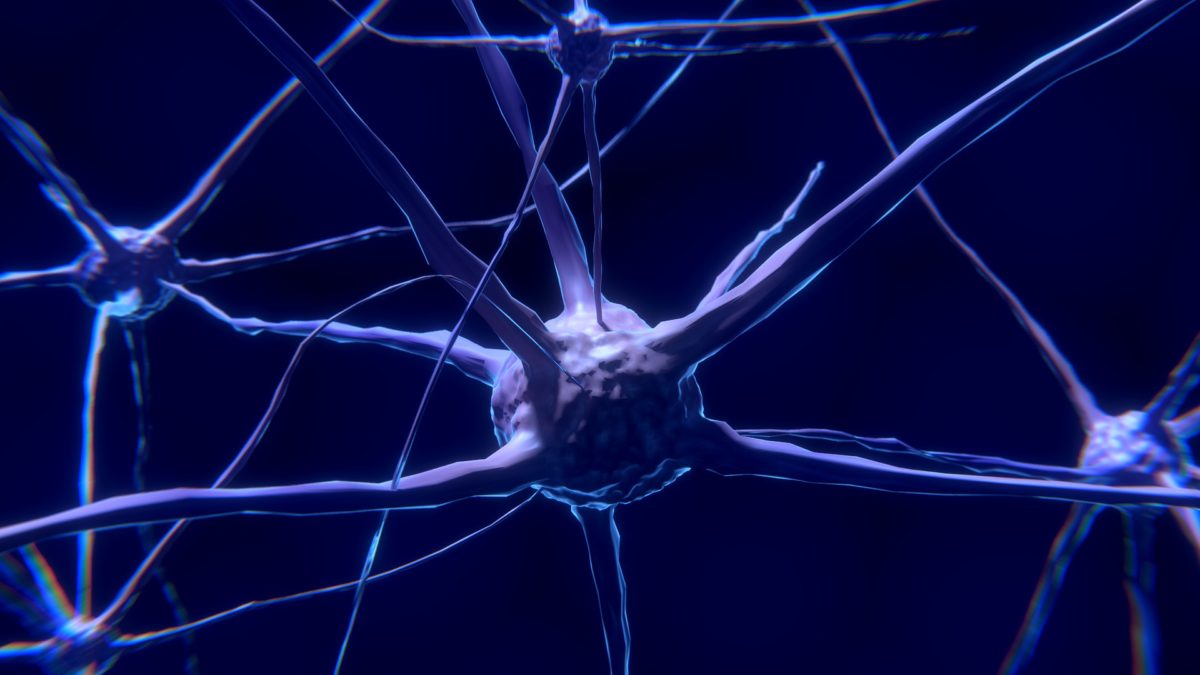What’s going on in the research field with physics recently?
With school slowly approaching, I thought it would be a good time to re-acclimate myself with scientific papers, analysis, and general science topics of today. I prefer physics over biology and chemistry (as if they’re separate fields, but still), so I’ve dug a bit into it.
Here’s 3 interesting topics:
….
Shining Light On Dark Matter

Dark matter, a separate entity from dark energy, is said to make up 26.8% of the mass-energy (that popular E=mc^2 equation) of the universe, which is 84.5% of the total mass. Dark matter is a hypothetical concept, created from observations and inferences. It’s an explanation for strange happenings that have been unexplainable with the current known laws of physics.
Dark matter does not interact with the electromagnetic spectrum, such as light. But SOMETHING is there, due to its gravitational effect, and influence on the structure of the universe. We just have no idea what it is, and with our current set of tools and scientific understanding, are taking shots in the dark (ha. ha. ha.)
Confused?
Imagine this: you live on a flat piece of paper. The piece of paper is your entire world. You can go left, you can go right. You can go forwards and backwards.
Now, if some outside entity were to look at the piece of paper, they would see the left, right, forwards, and backwards the same as you would. But they can also see up and down. To them, there is a reality above and below the paper. Something that you, who lives in the 2D world, can’t even fathom.
Someone pours water onto the piece of paper. What do you observe? You get wet, your world is flooded. However, the water isn’t coming from your left, or your right. The outside entity can see the water dripping down from above, onto the paper.
You can only INFER what is happening based on your observations, while the outside entity has a better understanding, and can KNOW what is going on.
We’re living on that piece of paper. Our current understanding of the entire universe rests heavily on the existence of this matter that is unseen and not understood. Woohoo.
Obviously this is a code that physicists want to crack. How far have we gotten?
[This information is based on current research and articles. I have linked the studies, but the opinions and descriptions may not be globally agreed upon, or correct by any means.]
The current approach is to study the data from really large celestial bodies, from very far away. A “cosmic web,” made up of gas and dark matter spreads across the universe. Light coming from distant galaxies interact (barely) with the Hydrogen of the cosmic web, creating absorption lines.
Based on the data, scientists can infer certain properties about dark matter, and how it interacts across vast distances.
Recent data supports one theory about dark matter, and disagrees with another one, making it another feather in the cap for, “we have no idea what’s going on.”
I can imagine a very annoyed, grey haired physicist, who has spent the majority of his life trying to figure this stuff out, slowly pulling his hair out as this speckled, unclear data rolls in.
…
Ex Machina

On the long flight from Tokyo to LAX, I watched a ton of movies. One was ‘Ex Machina,’ a 2014 film about artificial intelligence that totally blew my mind.
In summary, a brilliant billionaire creates ridiculous humanoid AI’s and things get weird. (Watch it)
I was most fascinated by the tech that the movie alluded to. In the story, the inventor had managed to create code that made new connections and interacted like neurons and synapses in the brain. This progress is eerily similar.
Scientists have used RNA (living cells) to run computations like a computer would. By programming the cells, they can run sequences and circuits much like a robot. Hypothetically, you could control how living cells behave by coding them.
Input is a fragment of RNA, and the output could be, lets say, production of a certain protein.
What’s next? Scientists are working on how to apply this capability to all types of cells. A future of being able to program your own body may be possible.
…
Is It A Particle? Is It A Wave? No, It’s Carbon.

Researchers at the University of North Texas have observed wave-like properties in a carbon atom, a phenomenon rarely measured in heavier atoms. The both-atom-and-wave quantum properties of atoms are known for lighter particles (Hydrogen, electrons, etc).
The carbon atom overcame an energy state that it should not have had the energy for. Imagine: a tiger get’s out of it’s cage, but there’s no way it could’ve jumped over the fence. This quantum conundrum was observed during a known chemical reaction, which had puzzling outcomes.
[It seems strange to write-off certain phenomena because the particles are heavier. There is no weight limit for quantum behavior. If it’s possible in an electron, and there are electrons within a carbon atom, it seems plausible that carbon could demonstrate wave like behavior as well. But hey, i’m not a quantum physicist.]
…
So to summarize: we know nothing, Jon Snow.
…
28/31 #YearOfChallenge
